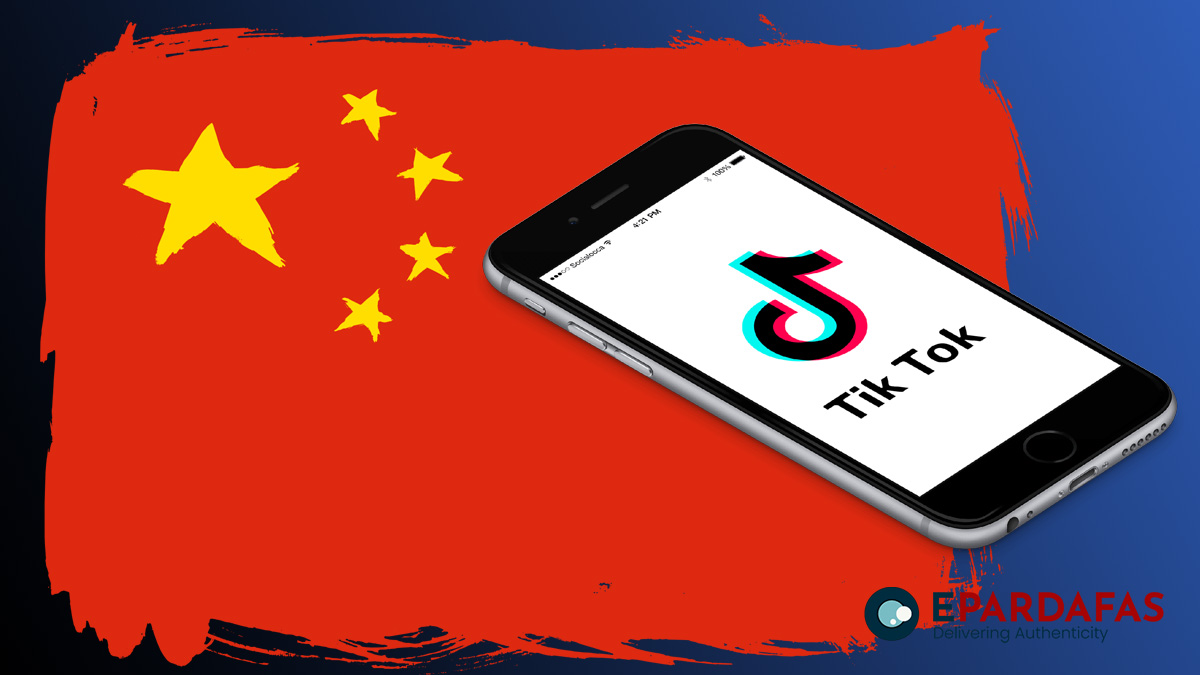
TikTok’s Dark Influence and Destructive Path in Nepal

In recent years, TikTok, a popular Chinese social media app, has captured the attention of millions, both young and old, across the globe. With its short video format, catchy music, and quick entertainment, TikTok quickly became a cultural phenomenon. However, its seemingly harmless allure masks a darker side, which has left an indelible mark on the social fabric of Nepal.
The Ministry of Home Affairs’ recent public notice has shed light on the government’s growing concerns about the platform. In discussions with TikTok’s executives, government officials, including representatives from the Nepal Police’s Cyber Bureau, expressed their apprehensions about the misuse of the Chinese-owned platform. This has opened the door to potential measures to address issues such as hate speech, the dishonoring of dignitaries, vulgarity, and misinformation, along with providing law enforcement agencies with tools to identify and punish those responsible.
While TikTok has rapidly risen in popularity and may have started as a fun and innovative way to create and share short videos, it has since spiraled into a destructive influence, particularly in the context of Nepal. The impact of TikTok’s presence in the country can be divided into several key areas, each demonstrating the need for vigilant scrutiny.
Proliferation of Toxic Content: TikTok has provided a stage for the dissemination of toxic and harmful content. From misogynistic and sexist videos to hate-filled rhetoric and divisive messages, the app has inadvertently given a voice to those promoting negativity and discrimination. Such content can have lasting effects on the societal mindset and create divisions within communities.
Misinformation and Disinformation: TikTok’s Chinese-owned format, characterized by short videos, is conducive to spreading misinformation and disinformation. Unverified and potentially harmful information often goes viral, causing confusion and panic among users. In the age of digital information, such dissemination can have real-world consequences, impacting public health and safety.
Influence on Youth: TikTok has a primary user base consisting of young people. While the app can be a source of creative expression and entertainment, it can also lead to a disconnect from reality. The constant exposure to idealized versions of life can negatively affect the self-esteem and mental health of young users.
Destruction of Social Fabric: TikTok has played a role in intensifying societal tensions, leading to communal disputes. In some cases, these disputes have even necessitated curfews and government intervention to maintain law and order.
One needn’t look farther than the Tarai in recent months, where cities such as Malangawa, Nepalgunj, and Dharan had to be curfewed as social networking sites mediated the transmission of communal hate speeches. This alarming development underscores the profound impact of Chinese-owned platforms like TikTok on public safety and social harmony.
Intrusion of Quacks and Misinformation: TikTok has become a breeding ground for unverified “experts” in various fields, such as medicine and science. Individuals with no formal qualifications can easily pose as professionals, disseminating potentially harmful advice and contributing to public health risks.
Government Intervention: In response to the increasing concerns about TikTok and its negative impact, the Ministry of Home Affairs and the Nepal Police’s Cyber Bureau have had discussions with the platform’s Chinese executives. This has opened the door to measures aimed at curbing the misuse of the platform and addressing issues such as hate speech, the dishonoring of dignitaries, vulgarity, and misinformation.
While acknowledging the need for addressing these issues, it’s crucial to strike a balance. The journey to democracy in Nepal has had its share of repressive actions by authorities, and any attempt to combat the negative aspects of TikTok must not be replaced by unwarranted censorship. Clear definitions of what constitutes harm and legal repercussions for offenders must be outlined to prevent abuse of power.
In conclusion, TikTok, a Chinese-owned app, has not been entirely benign in its influence on Nepal. It has, unfortunately, played a role in the proliferation of harmful content, misinformation, and the disruption of social harmony. While government intervention is necessary, it must be carried out judiciously to protect individual freedoms while addressing the very real challenges posed by TikTok’s dark influence in Nepal.














Comments